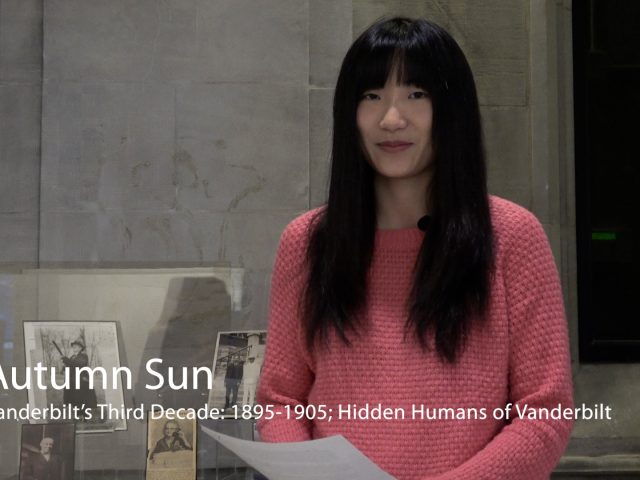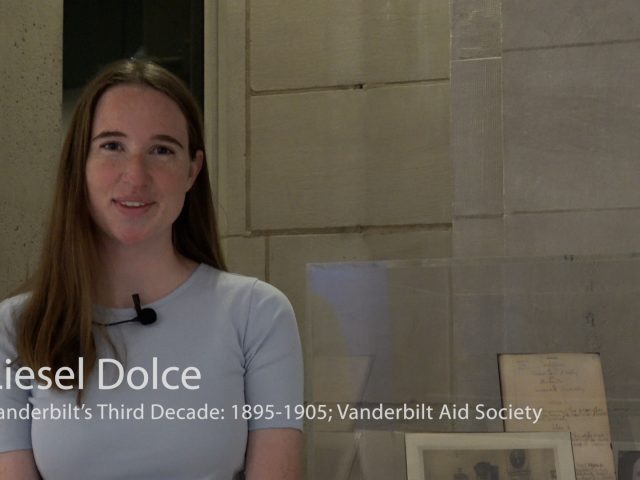About This Exhibit
The decade of 1895-1905 marked a period of rapid expansion for Vanderbilt University which brought about the transformation of the institution into a modern university. As the new chancellor, James Kirkland brought a series of reforms to the community: a uniform educational standard, reorganization of academic departments, and the university’s recovery from the national financial crisis of 1893. Support staff became more integral to campus life through their personal relationships with students. Student life was invigorated through fraternities, student publications, and a growing number of social clubs. Led by women, the Woman’s Club and the Vanderbilt Aid Society helped bring about an institution committed to making education accessible to a wider audience. As these organizations expanded, a larger, more geographically diverse group of female students began to attend the university. By the end of the third decade, however, Vanderbilt faced its biggest challenge: a fire that destroyed College Hall and the much of the campus library.



